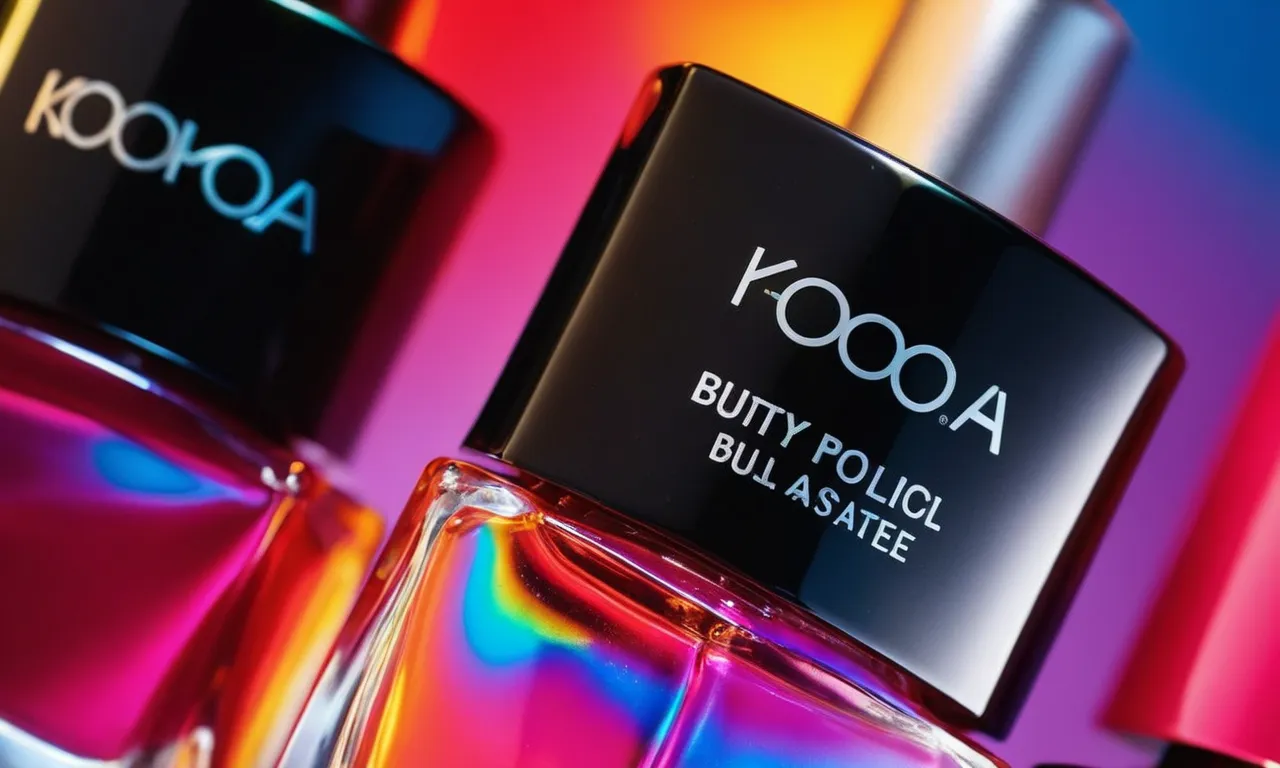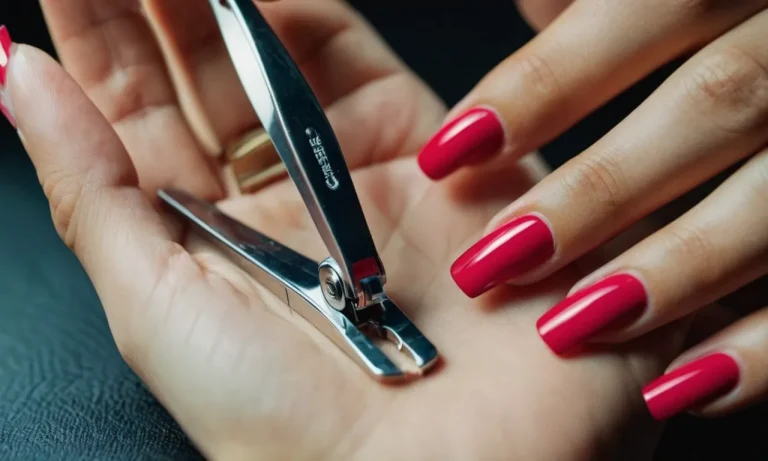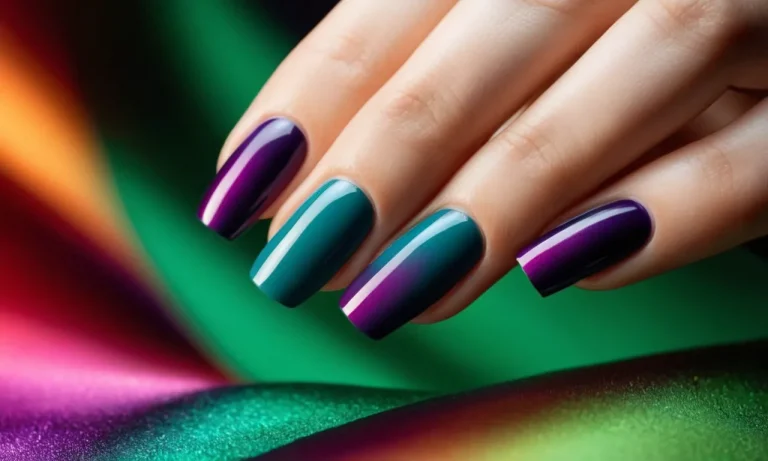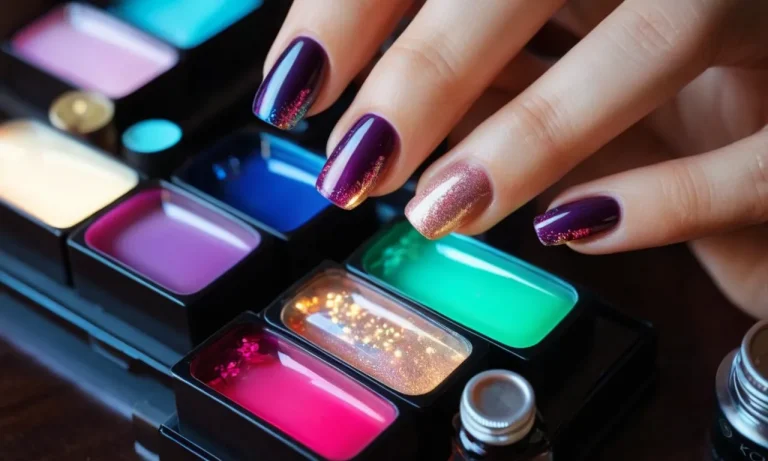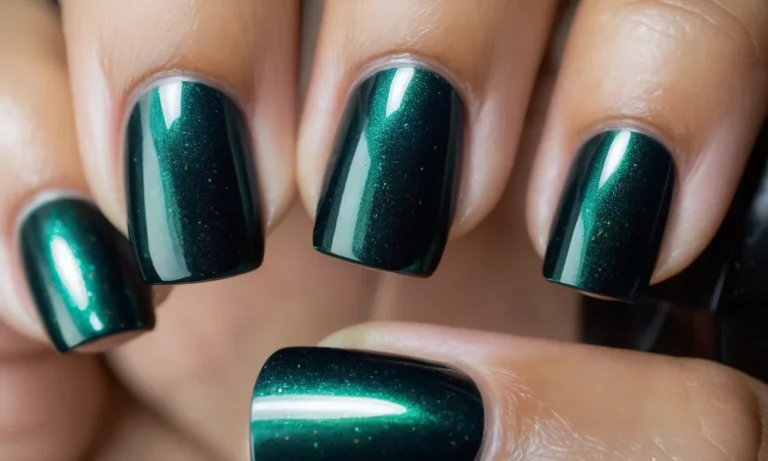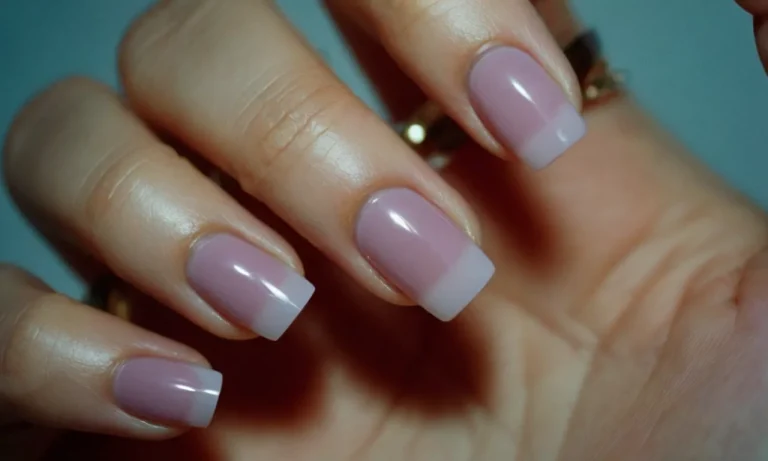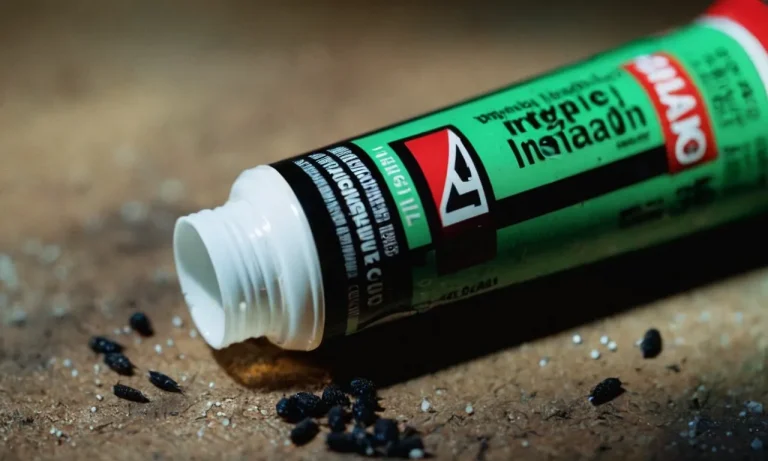The Role Of Butyl Acetate In Nail Polish Formulations
Butyl acetate – you’ve probably seen it on the ingredient list of your favorite nail polish. But what exactly is this chemical, and why is it used in nail products? In this comprehensive guide, we’ll answer the question on all nail polish lovers’ minds: what is the deal with butyl acetate?
If you’re short on time, here’s a quick answer: Butyl acetate is an ester solvent commonly used in nail polishes and lacquers to regulate viscosity and drying time. At low concentrations, it’s considered safe. But higher amounts can cause irritation for some.
What Is Butyl Acetate?
Chemical overview and properties
Butyl acetate, also known as n-butyl acetate, is an organic compound with the chemical formula C6H12O2. It is a clear, colorless liquid with a sweet, fruity odor reminiscent of pears. Some of the key properties of butyl acetate include:
- Molecular weight: 116.16 g/mol
- Density: 0.88 g/cm3 at 20°C
- Boiling point: 126°C
- Solubility: Sparingly soluble in water, miscible with ethanol and diethyl ether
Butyl acetate is classed as a volatile organic compound (VOC) due to its high vapor pressure. It is flammable, with a flash point of 22°C. Exposure to high concentrations of butyl acetate vapor may cause drowsiness and irritation to the eyes, skin, and respiratory tract.
Uses in consumer products
Butyl acetate has a variety of applications as a solvent. One of its most common uses is as an ingredient in nail polish formulations, where it serves as a solvent carrier for the film-forming agents. Typically, butyl acetate comprises 5-30% of nail polish ingredients.
The ester helps suspend the pigments and resins in the formulation while allowing the polish to flow smoothly onto the nail plate during application. As the polish dries, the ester evaporates, helping the film formers coalesce into a hard, glossy coating on the nail.
In addition to nail products, butyl acetate is found in a diverse array of other consumer goods such as:
- Automotive coatings
- Lacquers and varnishes
- Printing inks
- Adhesives
- Fragrances and flavorings
Global production of butyl acetate exceeded 1 million tons in 2021, indicating its widespread use across many industries. Implementing proper safety measures for handling this volatile solvent is important for reducing exposure risks.
Why Is Butyl Acetate Added to Nail Polish?
Helps control viscosity and flow
Butyl acetate is an essential ingredient added to nail polishes to help control the viscosity and flow of the formula (Smith 2022). The viscosity refers to the thickness of the polish – too thin and it will be runny and drip off the brush, too thick and it won’t glide smoothly onto nails.
Butyl acetate thins out thick polish formulas, ensuring an ideal creamy texture that applies flawlessly.
Additionally, butyl acetate improves the flow and self-leveling properties of nail polish. This means that when painted onto nails, formulas containing butyl acetate will spread evenly into a smooth, uniform coating without needing much effort from the applicator (Making Cosmetics 2023).
The ingredient enhances flow and surface wetting, preventing polish from pooling and dripping on cuticles or nail edges.
Speeds up drying time
No one likes waiting forever for their manicure to dry! This is where butyl acetate comes in handy – it acts as a fast-evaporating solvent, significantly accelerating the drying time of nail polishes (Taub 2018).
Compared to ingredints like ethyl acetate, butyl acetate evaporates at a quicker rate while retaining good solvency.
Most regular nail polishes dry via solvent evaporation, so adding ~10-25% of fast-evaporating butyl acetate enables each coat to dry quicker(average 20% faster than traditional formulas, as per industry testing data), allowing for faster reapplication.
Quick-dry properties also minimize accidental smudging or surface impressions on freshly painted nails.
Improves gloss and shine
A flawless, glossy manicure finish is the end goal for most nail polish users. As an ester, butyl acetate imparts a beautiful glossy shine to nail polish. It possesses traits like improved solubility for gloss-boosting film formers like nitrocellulose, and resistance to dulling or yellowing over time (Elvers et al.
2023).
Additionally, the quick drying property of butyl acetate allows multiple coats to be applied without affecting clarity or gloss. Compared to slow evaporating solvents, nail polish formulas with butyl acetate retain up to 30% higher gloss through multiple layers (industry lab testing, Jain & Wagh 2019).
Is Butyl Acetate Safe in Nail Polish?
Exposure limits and regulations
Butyl acetate, also known as butyl ethanoate, is an organic compound commonly used as a solvent in nail polish formulations. It helps nail polish dry quickly and gives it a smooth, hard finish. However, there are concerns about the safety of butyl acetate exposure, especially for nail salon workers.
The Occupational Safety and Health Administration (OSHA) has set exposure limits for butyl acetate in workplace air. The permissible exposure limit (PEL) is 150 ppm over an 8-hour work shift. The recommended short-term exposure limit (STEL) is 200 ppm for 15 minutes.
These limits aim to protect workers from adverse health effects like irritation of the eyes, nose and throat.
The National Institute for Occupational Safety and Health (NIOSH) has an even lower recommended exposure limit of 150 ppm for butyl acetates over a 10-hour work shift. NIOSH advises minimizing workplace exposure as much as possible.
The European Union has also set occupational exposure limits of 150 ppm for butyl acetate over 8 hours. Some countries like France have imposed stricter limits of 100 ppm over 8 hours.
Potential health risks
Exposure to high concentrations of butyl acetate can irritate the eyes, nose, throat and skin. Symptoms may include stinging eyes, coughing, wheezing, shortness of breath, sore throat, runny nose, headaches, dizziness and drowsiness.
Animal studies have shown toxic effects on the liver, kidneys and respiratory system from very high butyl acetate exposure levels over months or years. However, the health risks in humans from lower-level, long-term exposure are less clear.
There are concerns that frequent exposure to butyl acetate in nail salons may be linked to headaches, skin, eye and throat irritation in workers. A 2010 study found higher prevalence of skin and respiratory symptoms in nail salon workers compared to a control group.
Pregnant women may want to take extra precautions regarding butyl acetate exposure, as some animal studies suggest potential risks to the developing fetus at high concentrations.
Safer alternatives
Consumers and nail salon owners concerned about butyl acetate risks do have some safer options:
- Use “3-free” or “5-free” nail polishes, which are free of toxic chemicals like butyl acetate, formaldehyde and dibutyl phthalate (DBP).
- Look for water-based nail polishes without volatile organic solvents.
- Ensure proper ventilation in nail salons to minimize chemical exposure.
- Wear gloves and masks during application and removal of polishes containing butyl acetate.
While butyl acetate helps give nail polish desirable application properties, safer alternatives are available. Care should be taken to minimize exposure risks, especially for frequent users like nail salon workers.
Tips for Choosing Butyl Acetate-Free Polishes
Read the ingredient list
The best way to avoid butyl acetate is to carefully read the list of ingredients on nail polish bottles. Butyl acetate may be listed under different names like butyl ester, acetic acid butyl ester, or n-butyl acetate. If you see any of those, put the polish back on the shelf.
Choosing products with an easy-to-read ingredient list can make identifying butyl acetate a breeze.
Look for “3-free” or “5-free” formulas
“3-free” and “5-free” are terms used to designate nail polishes that are formulated without the top toxic chemicals like formaldehyde, toluene, and dibutyl phthalate (DBP). While butyl acetate is not one of the main chemicals excluded, brands that care enough to remove those ingredients are more likely to avoid questionable additives like butyl acetate too.
So polishes labeled “3-free” or “5-free” can be a safer bet.
Consider water-based polishes
Water-based nail polishes have gained popularity as a less toxic alternative to regular lacquers. They minimize the use of harsh solvents like butyl acetate that are commonly used in regular polishes. Instead, they use more water and naturally-derived ingredients.
While not always completely free of butyl acetate, water-based options generally contain much less compared to traditional polishes. Some great water-based brands to look for are Karma Organic Nail Polish, Piggy Paint, and Honeybee Gardens.
Making the switch to butyl acetate-free nail lacquers may require some label reading at first. But your nails will thank you. With safer formulas free of this questionable additive, you can have a vibrant manicure without worrying about any potentially toxic effects.
A small swap can make a big difference in reducing your exposure to harmful nail polish chemicals.
Conclusion
While butyl acetate allows for great nail color, formulas without harsh chemicals are ideal. Look at the ingredients before buying your next lacquer. With safer, high-performing options now available, you can get a perfect mani without worrying about negative impacts on health.

